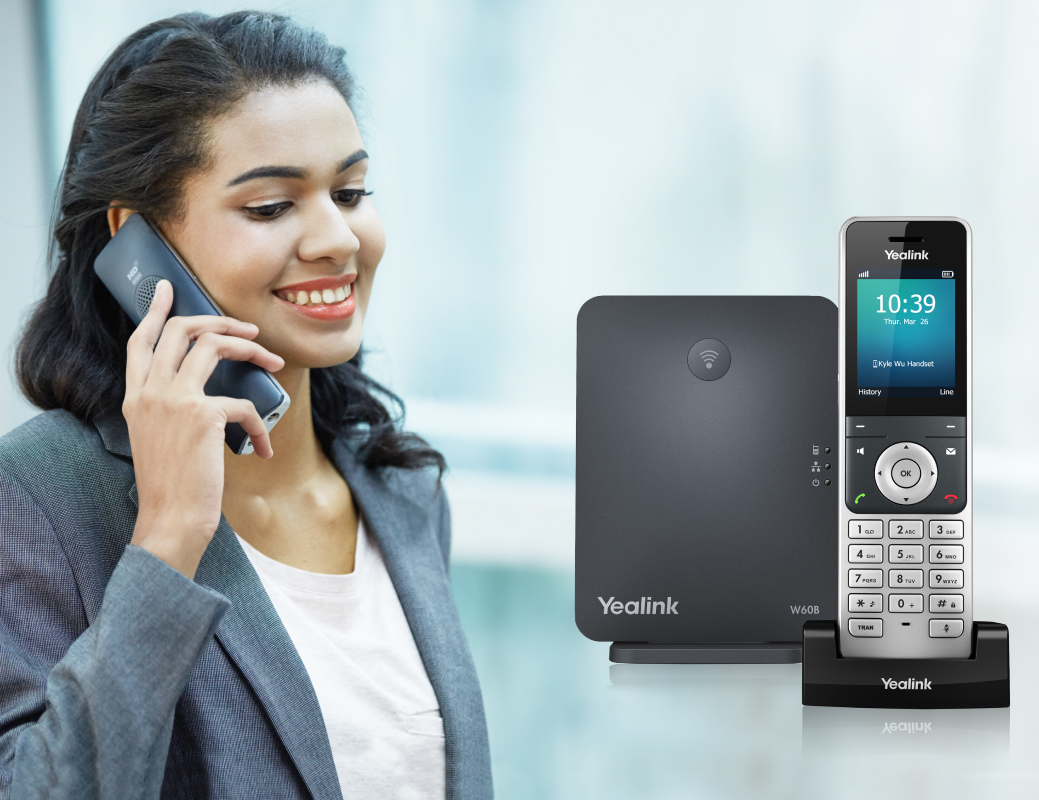Introduction
In our fast-paced, interconnected world, communication is the linchpin of success. Businesses are always on the lookout for efficient ways to connect with clients and partners. Enter Voice over Internet Protocol (VoIP) phone services. This technology revolutionized how we communicate, offering flexibility and cost-efficiency that traditional phone systems just can’t match. However, as with all technological advancements, VoIP comes with its own set of risks. In this article, we’ll delve deep into the VoIP risks uncovered and explore effective strategies to safeguard your communication systems.
Understanding VoIP Phone Service
What is VoIP?
Voice over Internet Protocol (VoIP) is a technology that allows users to make voice calls using the internet instead of traditional telephone lines. It converts voice signals into digital data packets and transmits them over IP networks.

Benefits of VoIP Phone Service
Cost-Effective: VoIP services typically offer lower rates compared to traditional landlines. Flexibility: Users can access their phone service from any internet-enabled device. Advanced Features: Many providers offer additional features like voicemail-to-email, video conferencing, and more. Scalability: Easily add or remove lines as your business grows.VoIP Risks Uncovered: The Dark Side of Convenience
Security Vulnerabilities in VoIP Systems
While the advantages are enticing, the reality is that VoIP systems are not immune to security threats.
Eavesdropping: Hackers can intercept voice calls if proper encryption isn't used. Denial-of-Service Attacks (DoS): Attackers may overwhelm your system, disrupting service. Identity Theft: Cybercriminals can impersonate legitimate users through call spoofing. Malware Infection: If not properly secured, devices connected to the network can become targets for malware.Common Types of VoIP Attacks
1. Call Interception
Call interception occurs when an unauthorized party listens in on private conversations.
2. SIP Trunking Attacks
Session Initiation Protocol (SIP) trunking vulnerabilities can lead to unauthorized access and billing fraud.
3. Phishing Scams
Cybercriminals may use social engineering tactics targeting users via VoIP platforms.
How to Identify VoIP Risks
Assessing Your Current System
The first step in safeguarding your communication systems is identifying potential vulnerabilities within your existing setup:
- Conduct regular audits of your network infrastructure. Monitor traffic for unusual patterns or spikes. Ensure all devices connected to your network are updated with the latest security patches.
Recognizing Signs of Compromise
Being aware of warning signs can help mitigate damage:
Unexplained call charges on your bill? Calls dropping unexpectedly? Performance lag during calls?If you encounter these issues, it’s crucial to act swiftly.
Key Strategies for Safeguarding Your VoIP Systems
Implement Strong Authentication Methods
Utilize multi-factor authentication (MFA) to ensure only authorized users have access to your system.

Encrypt Your Communications
Employ end-to-end encryption protocols such as SRTP (Secure Real-Time Transport Protocol) for voice communications and TLS (Transport Layer Security) for signaling.
Regular Software Updates
Ensure that both hardware and software components of your VoIP system are up-to-date with security patches provided by manufacturers.
Training Employees on VoIP Security
Importance of Awareness Training
A well-informed team is one of the best defenses against cyber threats:
- Schedule regular training sessions focused on recognizing phishing attempts. Provide guidelines on secure password practices.
Creating a Culture of Security
Encourage employees to report suspicious activities without fear of repercussions; fostering openness enhances overall security posture.
Choosing a Reliable VoIP Provider
When selecting a provider, look beyond price points:

VoIP Risks Uncovered: Regulatory Compliance
Understanding Compliance Requirements
Businesses must adhere to various regulations related to data protection and privacy:
- General Data Protection Regulation (GDPR) Health Insurance Portability and Accountability Act (HIPAA)
It’s essential that you partner with a provider knowledgeable about these regulations.
Monitoring Your Network Traffic
Implement tools that allow real-time monitoring of network traffic:
- Intrusion Detection Systems (IDS) Network Monitoring Tools
This helps detect anomalies indicative of potential attacks early on.
Physical Security Measures for VoIP Systems
Don’t overlook physical security! Ensure that hardware components related to your VoIP system are stored securely:
Secure server rooms with restricted access. Use surveillance cameras where necessary. Business Phone ServiceBackup Plans for Business Continuity
What happens if your primary communication system goes down? Having a backup plan ensures continuity:
- Consider cloud-based solutions that allow rapid recovery after an incident. Establish clear procedures for switching over in emergencies.
FAQs About VoIP Risks Uncovered
1. What are the most common threats associated with VoIP?
Common threats include eavesdropping, phishing scams, DoS attacks, and identity theft through call spoofing.
2. How do I know if my system has been compromised?
Look for unexplained charges on bills, dropped calls, or performance lags during conversations as indicators of compromise.
3. Can I use my existing internet connection for VoIP?
Yes, most businesses can transition seamlessly using their current internet connections; however, bandwidth requirements should be assessed first.
4. Is it necessary to train employees on cybersecurity practices?
Absolutely! Employee awareness is crucial; it significantly reduces risk exposure by ensuring everyone knows how to recognize potential threats.
5. Are all VoIP providers equally secure?
No! It's important to research providers thoroughly—look at their security features before making a decision.
6. What should I do if I suspect an attack?
Immediately contact your IT department or service provider; they can implement necessary countermeasures like blocking suspicious IP addresses or changing passwords quickly.
Conclusion
Navigating the complexities surrounding Voice over Internet Protocol services doesn’t have to be daunting—armed with knowledge about potential risks and strategies for protection will pave the way toward secure communication systems tailored specifically for modern needs. Remember that while technology continues evolving at breakneck speeds, proactive measures taken today will safeguard tomorrow’s communications—ensuring that nothing comes between you and seamless interaction with clients or colleagues alike!
Whether you're looking into a new VoIP phone service or optimizing an existing solution—the ultimate goal remains clear: safety first! By understanding these VoIP risks uncovered, you’re already steps ahead in creating a fortress around your communication channels!
This article serves as an extensive guide toward ensuring effective safeguards are in place within any organization utilizing a VoIP phone service—a luxury experience marked by clarity amid complexity!